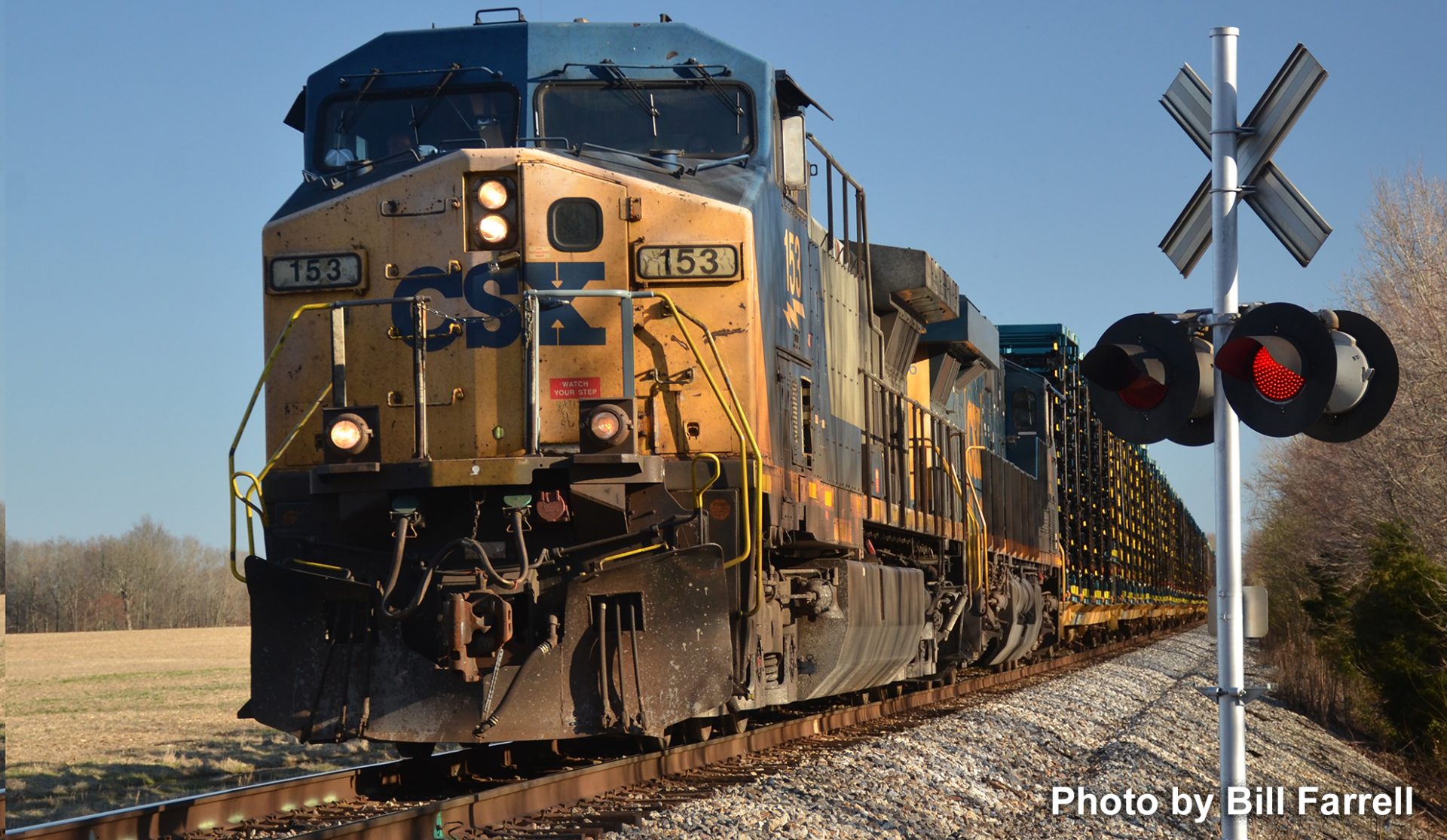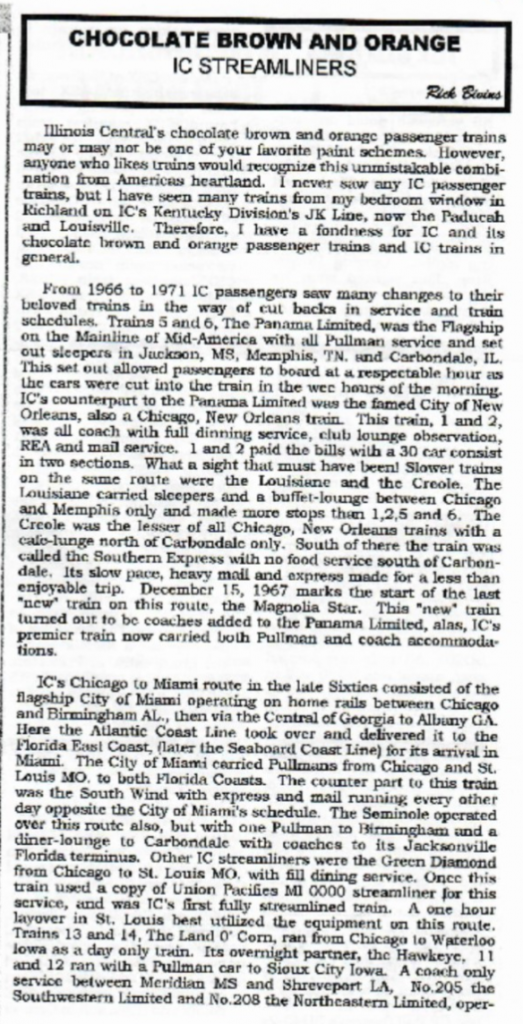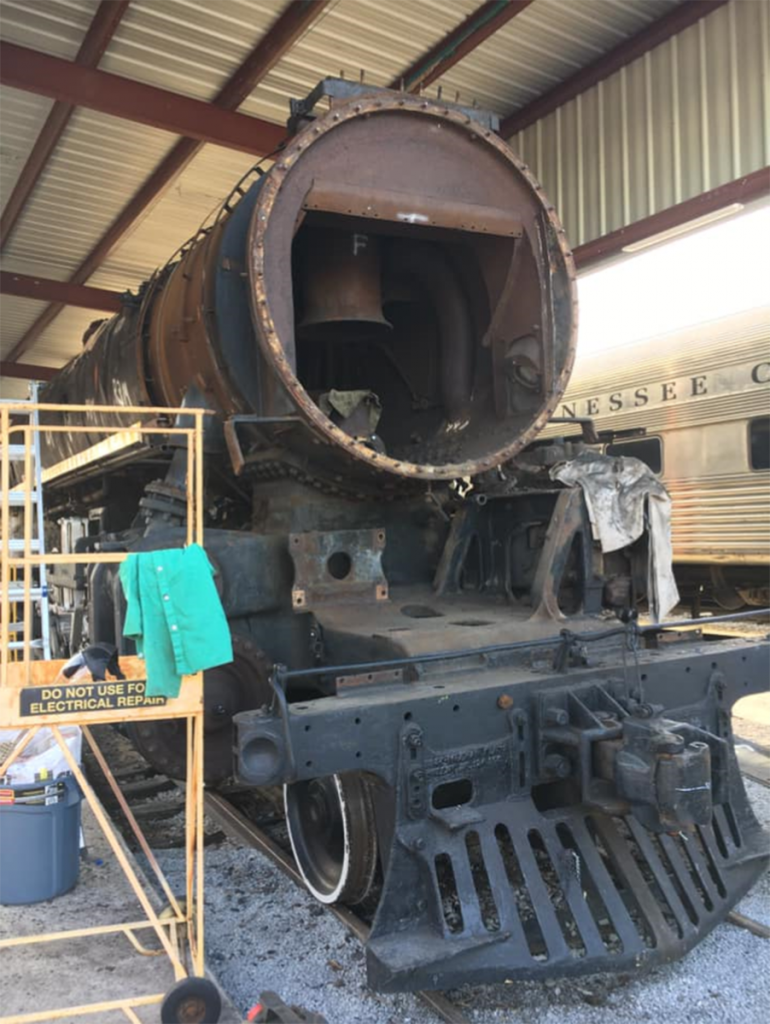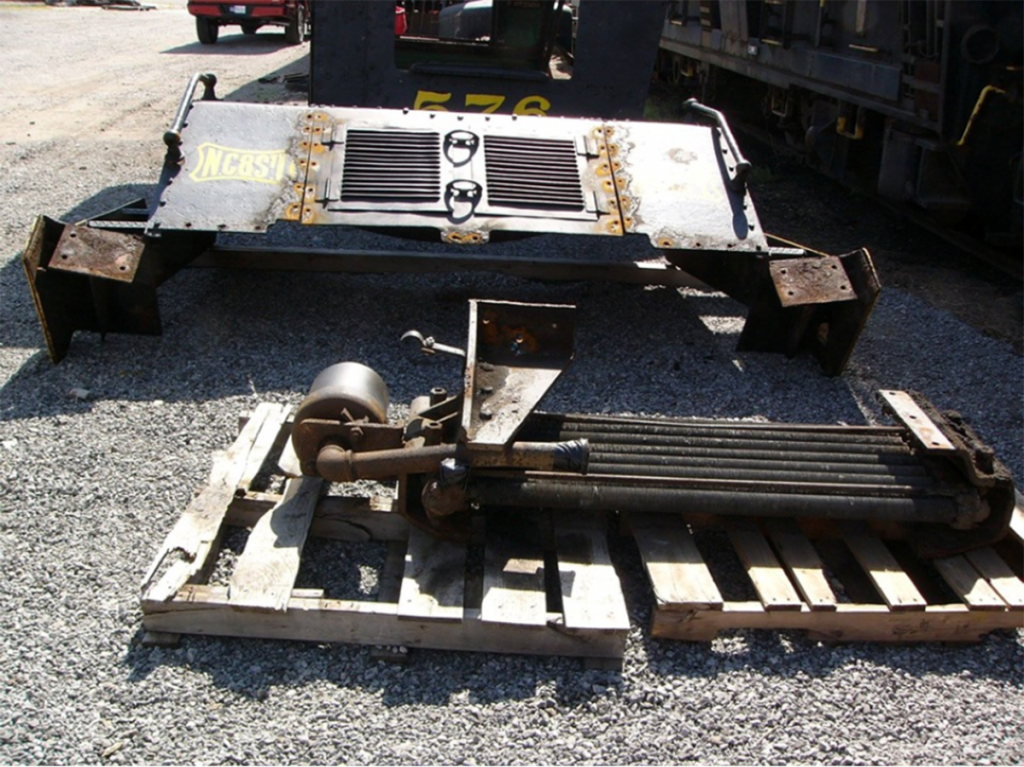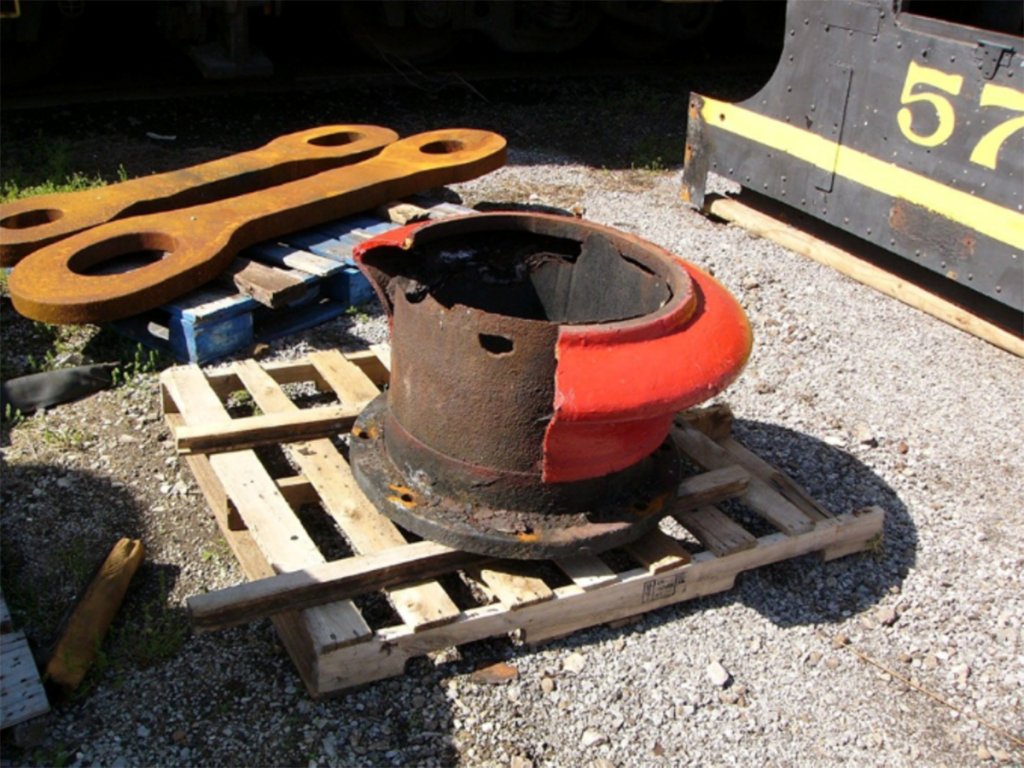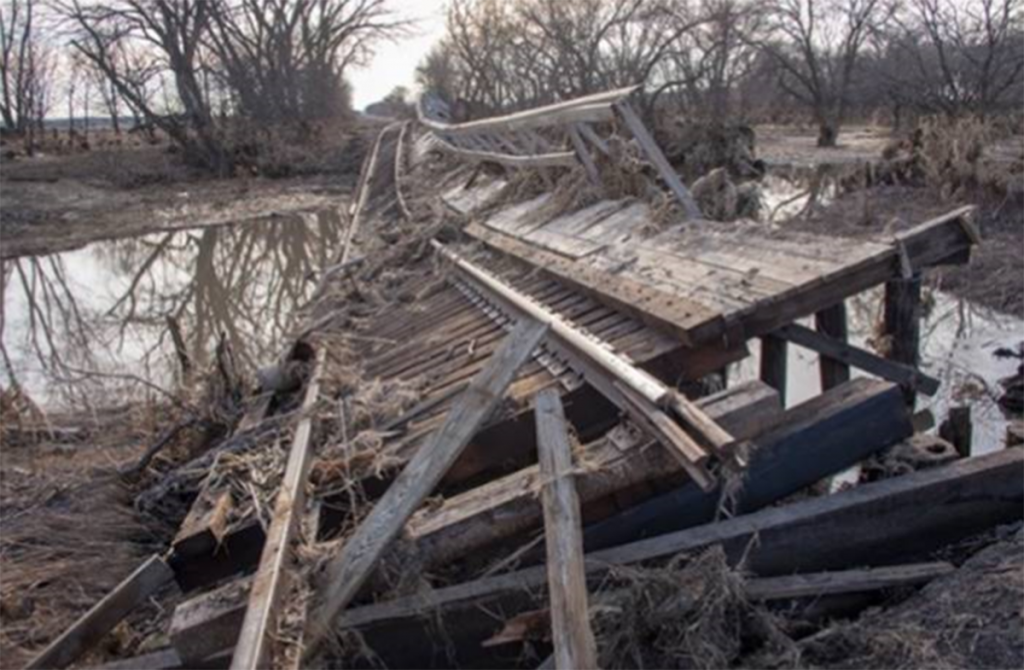Submitted by Gary Ostlund

A few weeks ago, my picture story on the New York Central’s “Water Level Route” included the use of track pans and scooping water, and raised several questions. .
There were 19 track pans between New York City and Chicago, and ten between Buffalo and Chicago on their line through Ontario and Michigan. Other U.S. railroads using track pans were: the Pennsylvania, Jersey Central, Reading, Baltimore & Ohio, the New Haven and the Milwaukee Road. In the UK, the London & Northeastern scooped water as early as 1859. The American RR Journal labeled these devices: “Jerk Water.” The term is still in use today such as in Jerkwater Town, describing a hamlet too small to merit train stops. At one time water scooping was considered for cattle cars. By law, cattle were required to be offloaded for feed and water after 36 hours. The logistics must have doomed that concept. In the days, before air-conditioning, passengers in cars near the front of the train were wary of opening the windows.
The (New York) Central performed extensive testing finding that above 35 MPH speed had little effect on the amount of water delivered to the tender. Efficiency, the percentage of water from the track pan delivered to the tender, fell off very little between 45 and 55 MPH. However above 55 MPH efficiency dropped rapidly as the scoop sprayed water from under the tender. The recommended maximum speed was set at 50 MPH. Conductors (who are in charge of the train) and Engineers clearly paid little heed to wasted water. Schedules and timetables ruled and management looked the other way.
A special thanks to former New York Central motive-power dispatcher Jim Ferrante for technical data.
